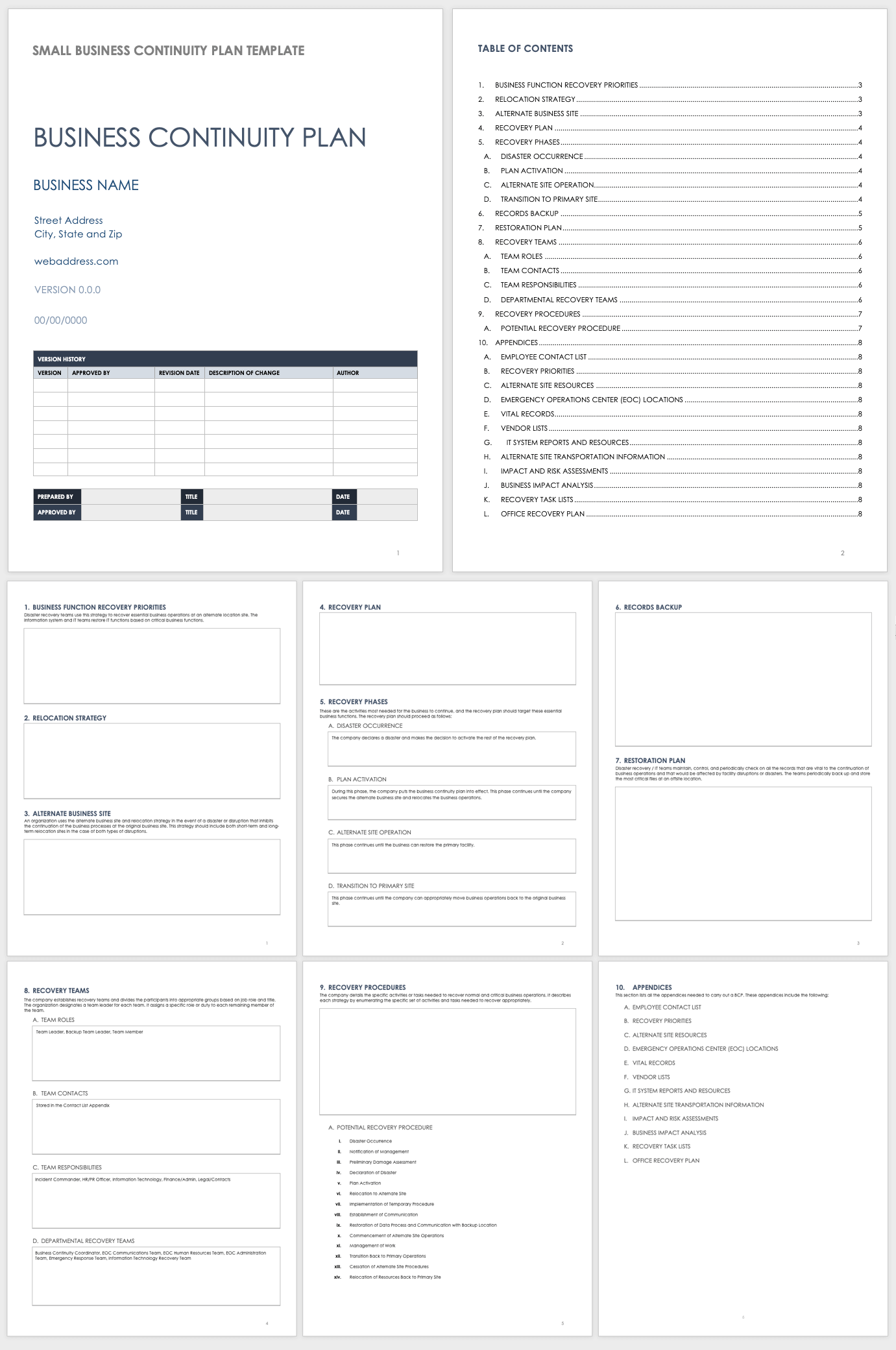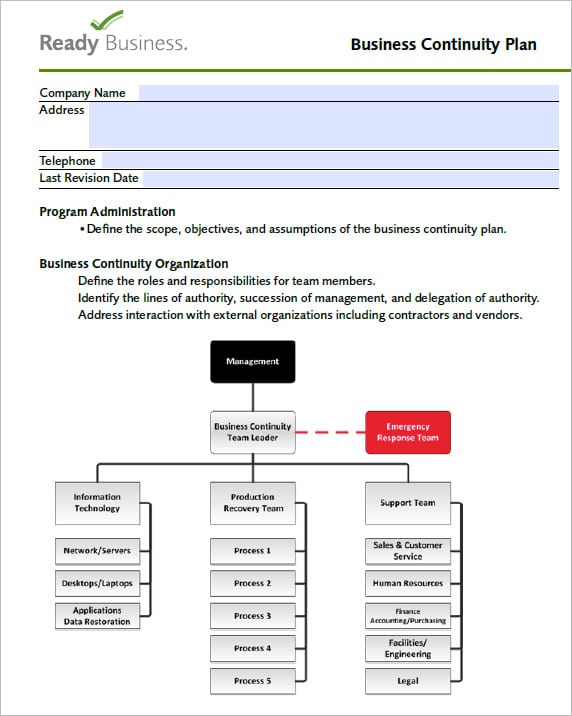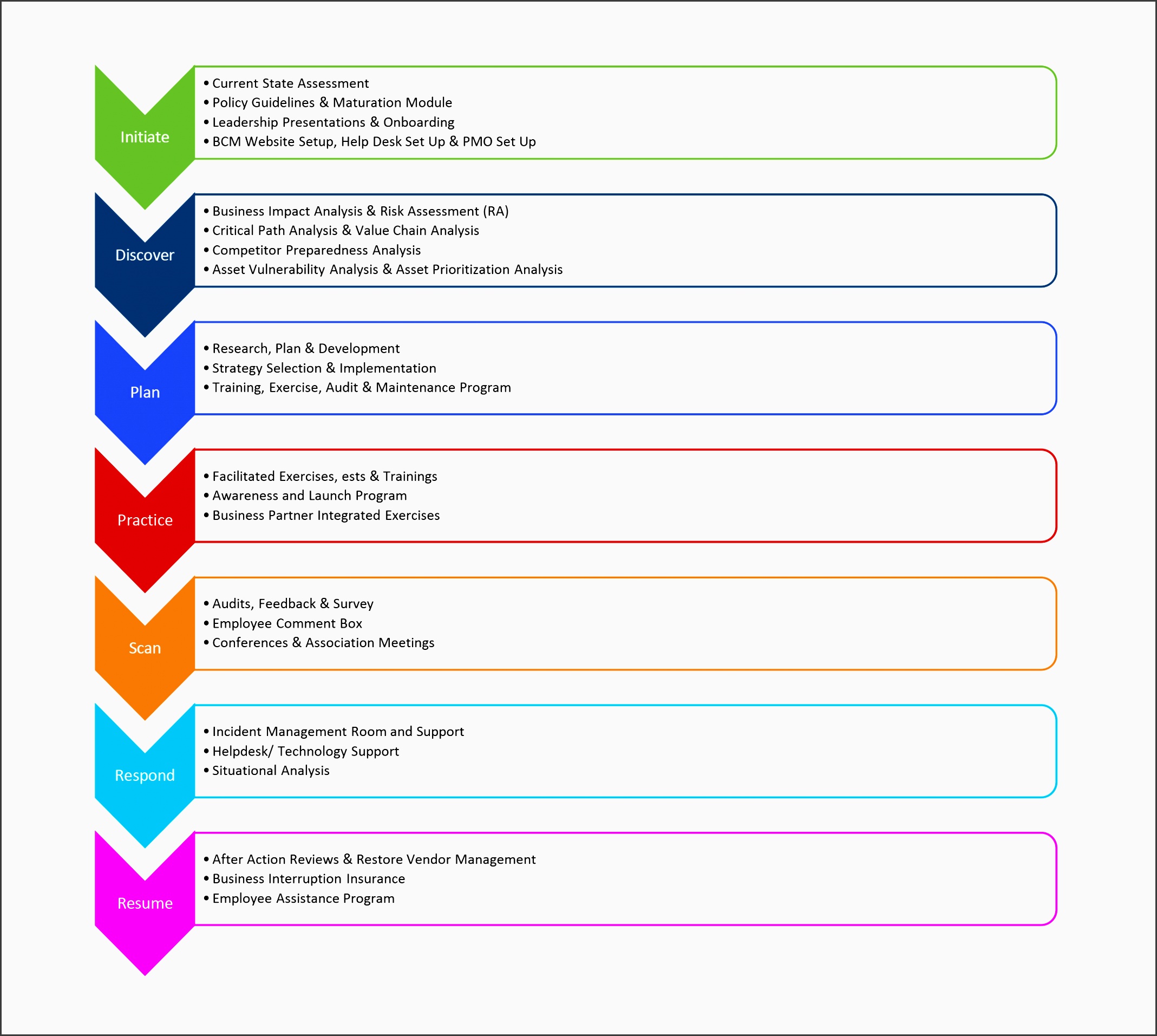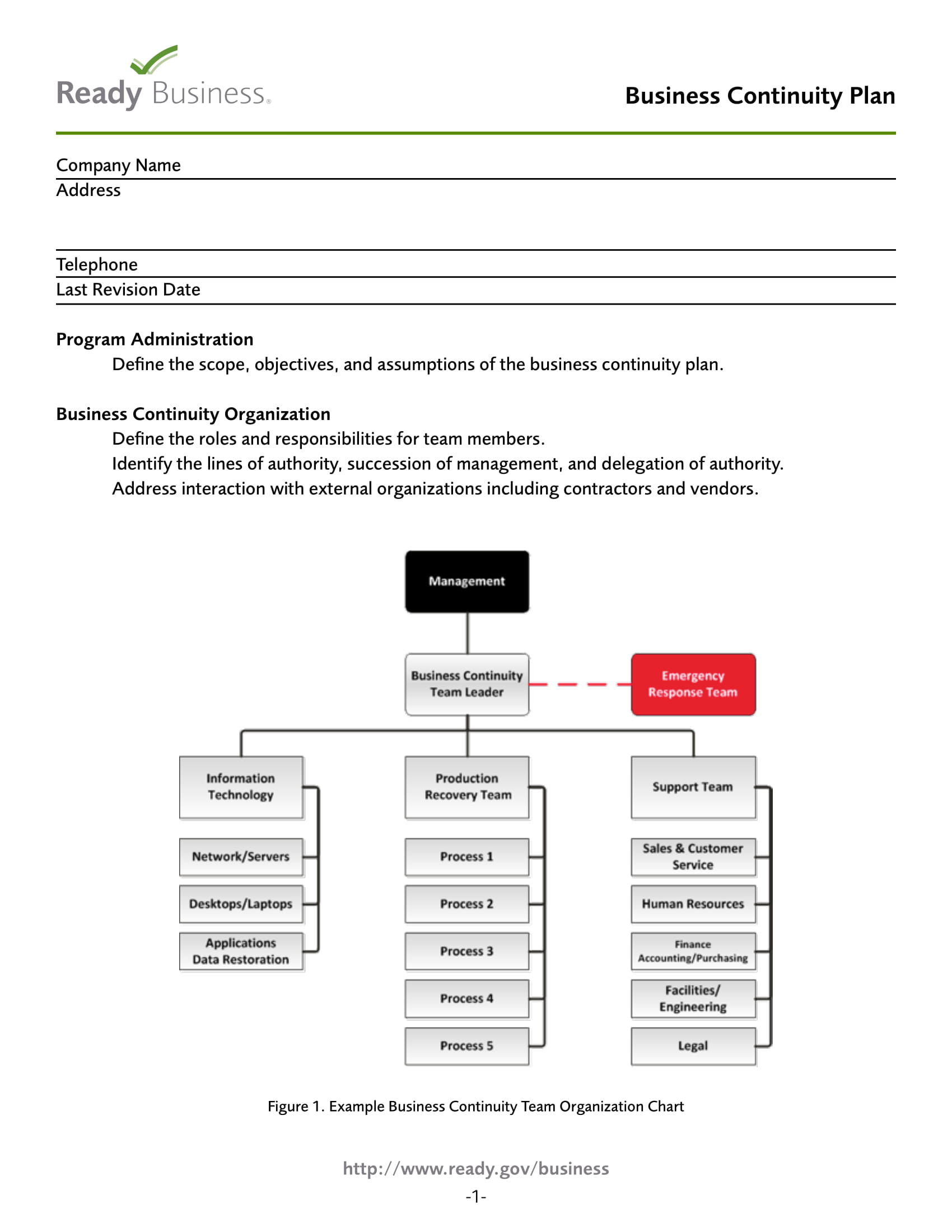
In today’s unpredictable business landscape, organizations must have a solid plan in place to ensure the continuity of their operations in the face of unexpected disruptions. A business continuity plan (BCP) is a strategic document that outlines the steps and procedures to be taken to minimize the impact of such disruptions and ensure the organization can continue functioning effectively.
In this article, we will explore the concept of a printable business continuity plan and how it can benefit your organization.
What is a Business Continuity Plan?
A printable business continuity plan is a document that can be easily printed and used as a physical reference in times of crisis. It is a tangible representation of your organization’s BCP and serves as a valuable resource for key personnel during emergencies. While digital copies of a BCP are essential for accessibility and ease of sharing, having a printable version ensures that critical information is readily available even in situations where technology may be unavailable or compromised.
Creating a printable business continuity plan involves carefully documenting all the necessary information and procedures that will help your organization recover from a disruption. This includes identifying potential risks, establishing emergency response protocols, and outlining the steps to be taken to resume normal operations. The plan should be regularly reviewed and updated to reflect any changes in your organization’s structure, processes, or external factors that may impact continuity.
Why Should You Have a Printable Business Continuity Plan?
A printable business continuity plan offers several benefits for your organization:
- Accessibility: In times of crisis, access to critical information is essential. A printable BCP ensures that key personnel have easy and immediate access to the necessary procedures and contact information, even in situations where digital resources may not be available.
- Clarity: A well-structured and printable BCP provides a clear roadmap for your organization’s response to disruptions. It eliminates confusion and ensures that everyone understands their roles and responsibilities, minimizing downtime and enabling a swift recovery.
- Compliance: Many industries and regulatory bodies require organizations to have a documented BCP in place. A printable version allows you to meet these requirements and demonstrate your commitment to business continuity.
- Training and Awareness: A printable BCP can be used as a training tool to educate employees on emergency procedures and protocols. It helps raise awareness about the importance of business continuity and ensures that everyone is prepared to respond effectively in times of crisis.
How to Create a Business Continuity Plan
Creating a printable business continuity plan involves several key steps:
1. Assess Risks and Impact
Identify potential risks that could disrupt your organization’s operations, such as natural disasters, cyber-attacks, or supply chain disruptions. Assess the potential impact of these risks on your business, including financial, operational, and reputational consequences.
2. Develop Emergency Response Procedures
Create clear and concise emergency response procedures that outline the steps to be taken in the event of a disruption. Include contact information for key personnel, emergency services, and relevant stakeholders. Assign specific roles and responsibilities to ensure a coordinated response.
3. Establish Communication Protocols
Define communication protocols for both internal and external stakeholders during a crisis. Identify primary and alternate communication channels and ensure that all key personnel are aware of how to access and use these channels effectively.
4. Outline Recovery Strategies
Develop strategies and plans for recovering critical business functions after a disruption. This may include establishing alternate work locations, implementing data backup and recovery processes, or arranging for temporary staffing resources.
5. Test and Refine the Plan
Regularly test your printable business continuity plan through simulated exercises or tabletop drills. This helps identify any gaps or weaknesses in the plan and allows you to refine and improve it accordingly.
6. Train Employees
Provide training to employees on the contents of the printable BCP and their roles and responsibilities in the event of a disruption. Conduct regular refresher sessions to ensure that everyone remains familiar with the plan and its procedures.
7. Review and Update Regularly
Review and update your printable business continuity plan regularly to reflect changes in your organization’s structure, processes, or external factors that may impact continuity. Ensure that all contact information and procedures are up to date.




Top Benefits of a Printable Business Continuity Plan
A printable business continuity plan offers several key benefits:
- Quick and Easy Access: A printable BCP ensures that critical information is readily accessible, even in situations where technology may be compromised.
- Clear and Concise Documentation: A printed document provides a clear and concise reference for key personnel during emergencies, eliminating confusion and minimizing downtime.
- Regulatory Compliance: A printable BCP allows you to meet industry and regulatory requirements for business continuity planning.
- Training and Awareness: A printable plan can be used as a training tool to educate employees on emergency procedures and raise awareness about the importance of business continuity.
Business Continuity Plan Template – Word